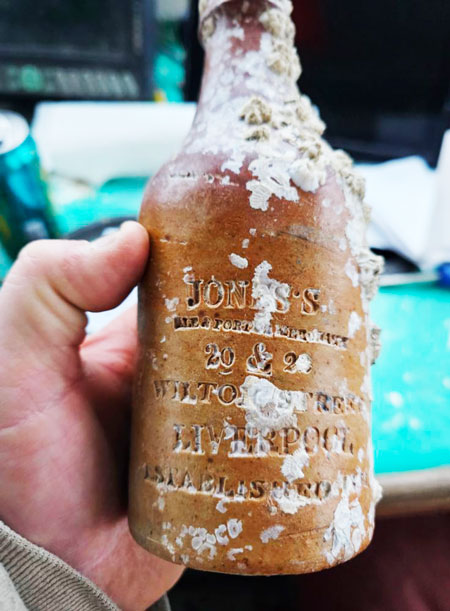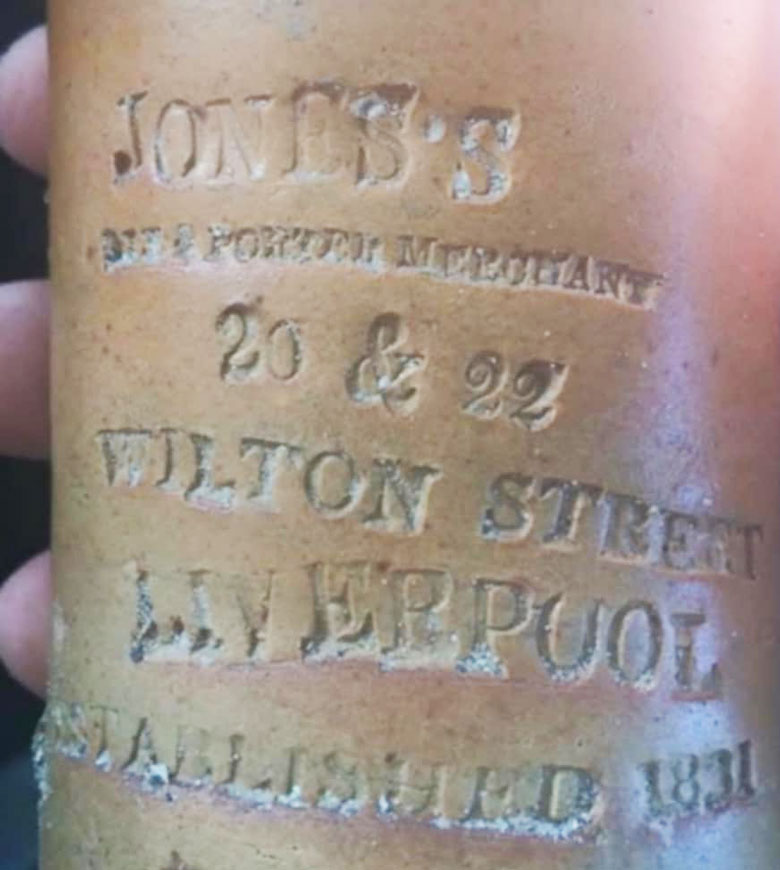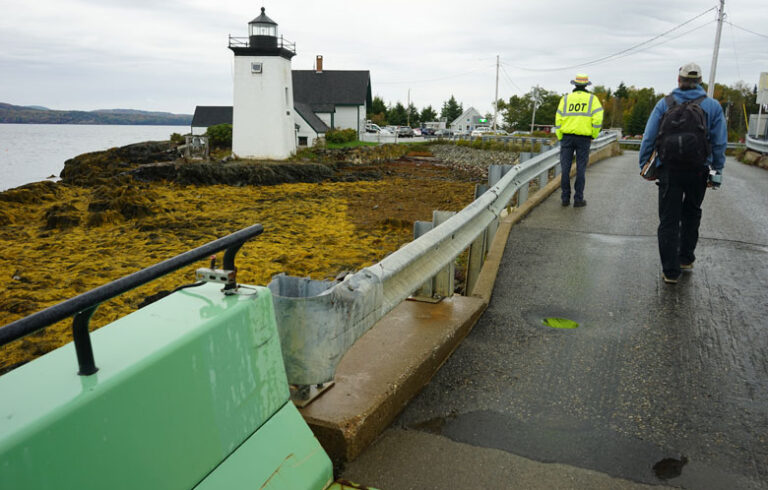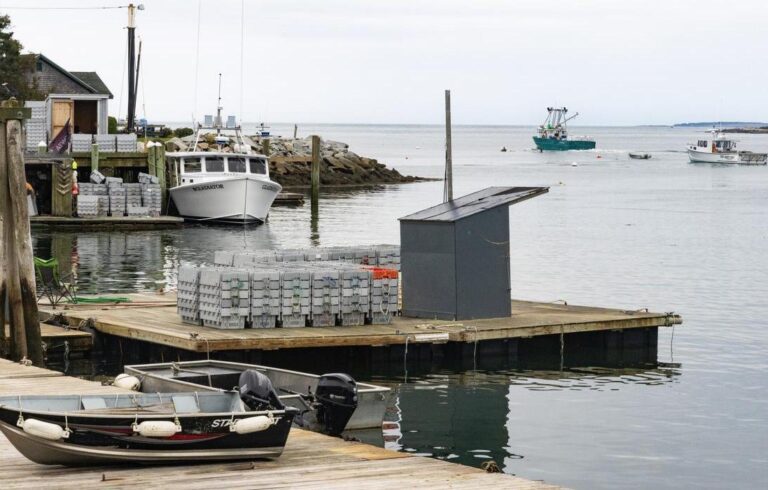Henry MacVane of Long Island fishes for lobster, elvers, and scallops, but as any fisherman who drags the bottom knows, sometimes the catch isn’t what was sought. Still, this surprise was interesting.
On the Facebook page devoted to Long Island, MacVane shared the tale:
“Found a really neat bottle near Soldier’s Ledge between Long and Peaks the other day scalloping. Figured I’d share it. I went on to join a few English antique pages to find more info and someone came through!
“For those struggling to decipher the imprinted text, I believe it reads as ‘Jones’s — Ale & Porter Merchant – 20 & 22 Wilton Street – Liverpool – Established 1831.’”

The helpful source from England provided this:
“Wilton Street no longer exists. I think it was bombed during the war [but] it ran between St. Anne Street and Soho Street, near the city center and not far from Lime Street Station. Although proudly claiming to have been founded in 1831, Jones’s obviously didn’t last long.
“I have gone through the Census returns for 1841, and the only Jones still living in Wilton Street was Thomas Jones, then aged 70. By the next Census, in 1851, 20 Wilton Street was occupied by Mary White, aged 53, a widow, but trading as a Publican, suggesting that the building was still involved in brewing.
“Next door, number 22, was home to Anne Turner, aged 62, also a widow, and cited as ‘Relict of a Merchant.’ Both employed live-in servants, so were quite well-to-do. There was still a Jones living in Wilton Street, at #3, but Joseph was aged only 25.
“I suppose this helps to date the bottle to around 1840, or before. The bottle would originally have contained porter, which is a type of dark stout, like Guinness, but stronger than today, so around 6% or 7% alcohol by volume. It was typically aged in casks for about a year before being prepared for sale by being decanted into stoneware bottles.
“Proprietors and licensees ordered batches of bottles like this one, with their names impressed, because the bottles were re-used and remained their property. Customers were expected to return them for refilling, and most carried a deposit of one farthing.
“The brewing was often small-scale, a bit like today’s craft brewers, and one supposes Jones’s was a fairly domestic undertaking.
“As a rare survivor from a little-known early 19th century brewer, I imagine this would be quite collectable. One similar from a Norfolk brewer recently sold for £250. More typically, they fetch £30-£50 each, if rare, but just a tenner otherwise.”
Thanks to Henry MacVane for sharing this with our readers!





